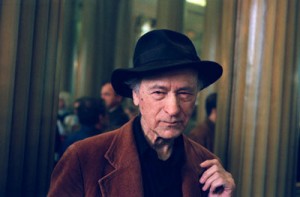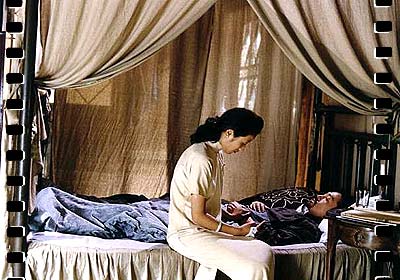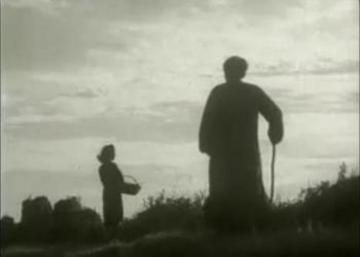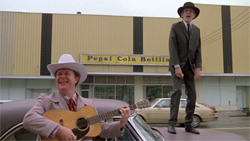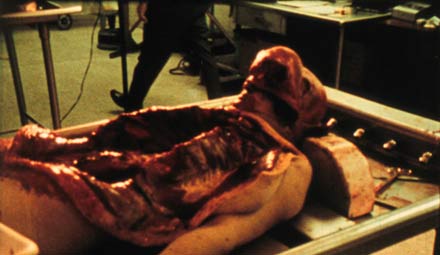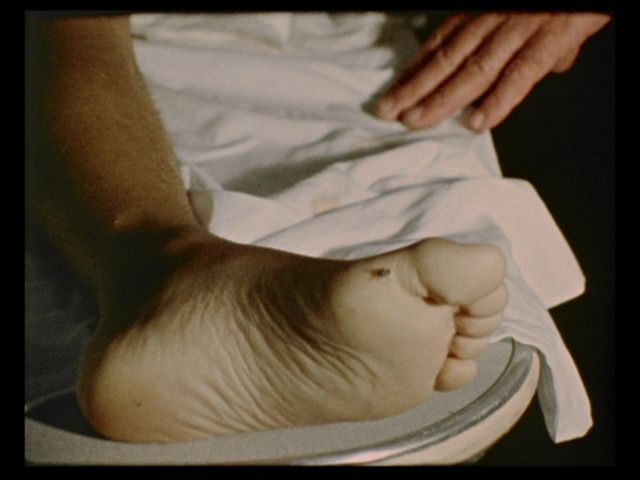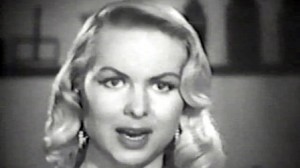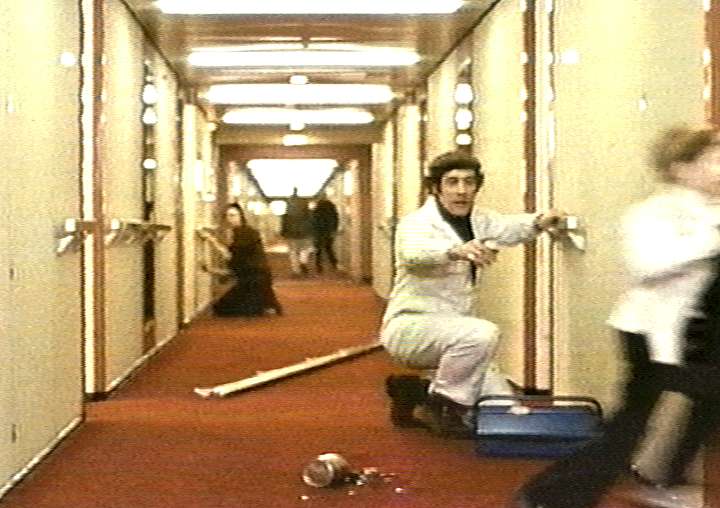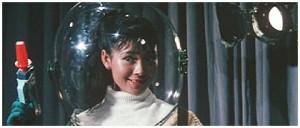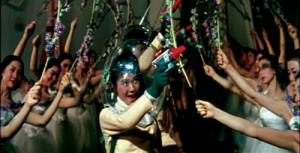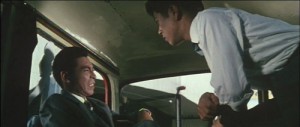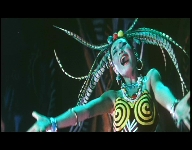R.I.P. Jonas Mekas, Patron-Saint of Cinema, 1922-2019. — J.R.
(from http://www.incite-online.net/jonasmekas.html)
Anti-100 Years of Cinema Manifesto
By Jonas Mekas
As you well know it was God who created this Earth and everything on it. And he thought it was all great. All painters and poets and musicians sang and celebrated the creation and that was all OK. But not for real. Something was missing. So about 100 years ago God decided to create the motion picture camera. And he did so. And then he created a filmmaker and said, “Now here is an instrument called the motion picture camera. Go and film and celebrate the beauty of the creation and the dreams of human spirit, and have fun with it.”
But the devil did not like that. So he placed a money bag in front of the camera and said to the filmmakers, ‘Why do you want to celebrate the beauty of the world and the spirit of it if you can make money with this instrument?” And, believe it or not, all the filmmakers ran after the money bag. The Lord realized he had made a mistake. So, some 25 years later, to correct his mistake, God created independent avant-garde filmmakers and said, “Here is the camera. Read more

